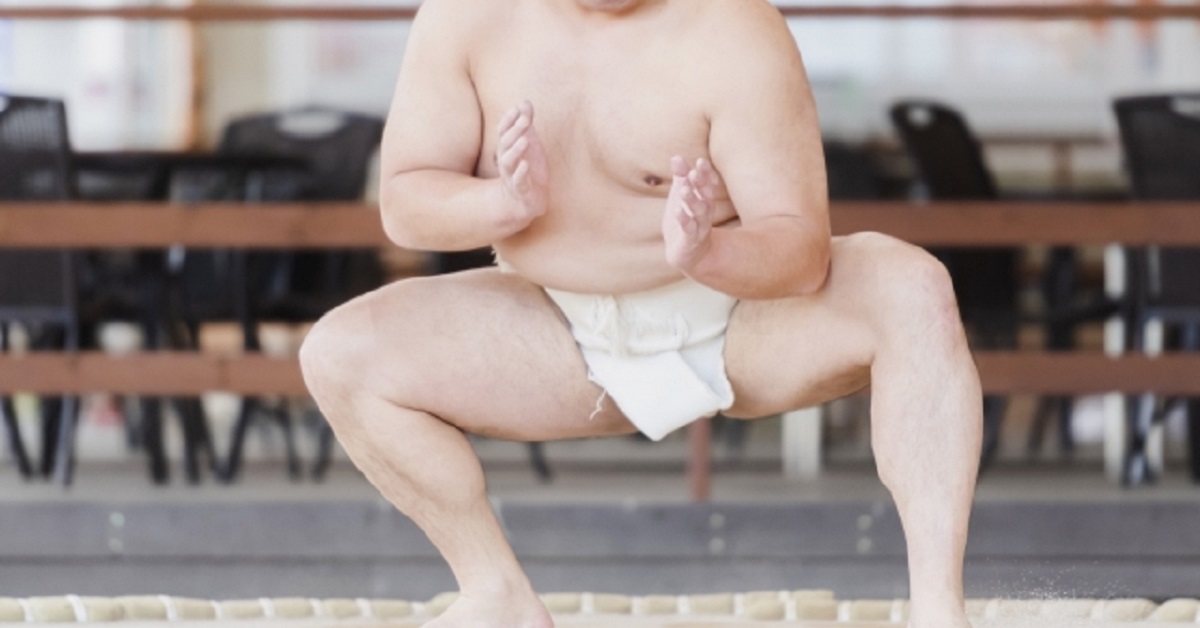Oshidashi is one of the most iconic and frequently seen winning techniques in sumo. By driving the opponent backward and forcing them out of the ring, wrestlers display raw power, precise footwork, and sharp tactical thinking. At the edge of the dohyo, the battle becomes even more intense, making oshidashi a thrilling highlight for spectators.
Basics and Characteristics of Oshidashi
Oshidashi is a technique where the wrestler stays in close contact with the opponent, pushing their chest or torso until they are forced out of the ring. The main difference from tsukidashi (thrust-out) is that oshidashi involves constant forward pressure while remaining in close contact. From the initial charge, the wrestler closes the distance and drives the opponent backward without pause.
| Item | Details |
|---|---|
| Type of Technique | Winning move (pushing technique) |
| Main Contact Area | Chest, torso |
| Decisive Moment | When the opponent is out of the ring |
| Frequency of Use | Very high |
| Characteristics | Simple yet powerful movement |
This move requires more than just arm strength; the way you lower your hips and maintain steady footwork is crucial. Especially when there is a size difference, maintaining a low stance allows the wrestler to generate greater power.
Flow and Technique of Oshidashi
The process of oshidashi consists of a series of movements from the initial charge to pushing the opponent out of the ring.
- Gaining momentum at the initial charge
Keep a low stance and explosively close the distance to the opponent. - Applying the push to the chest or shoulders
Aim for the sternum area, pushing straight to force the opponent backward. - Synchronizing hips and legs
Step forward alternately, shifting full body weight into the push. - Finishing at the edge of the ring
Put in maximum force to disrupt balance and push the opponent out.
| Step | Key Points |
|---|---|
| Initial Charge | Low stance and quick advance |
| Push Application | Target the chest accurately |
| Forward Drive | Link leg and hip movements |
| Finish | Push with full power |
Executing these steps as one smooth sequence makes the oshidashi more effective and powerful.
Difference Between Oshidashi and Tsukidashi
Oshidashi and tsukidashi may look similar, but they have clear distinctions. Oshidashi involves close contact with continuous pushing, whereas tsukidashi pushes the opponent while maintaining some distance.
| Technique | Contact Time | Movement Characteristics |
|---|---|---|
| Oshidashi | Long | Close-contact pushing |
| Tsukidashi | Short | Thrusting while keeping distance |
Because oshidashi maintains close contact, controlling body weight transfer is crucial. The wrestler must take the opponent’s force head-on instead of deflecting it.
Foreign Wrestlers and Oshidashi
Many foreign sumo wrestlers excel at oshidashi due to their large physiques and raw power. Wrestlers from Europe or the Americas, in particular, have strong upper bodies, allowing them to decide matches quickly by pushing from the initial charge. Some adapt the technique with flexible variations, such as turning their body at the ring’s edge to finish the push.
| Characteristics of Foreign Wrestlers | Oshidashi Usage |
|---|---|
| Large build | Push using body weight |
| Strong upper body | Push from a high position |
| Stable lower body | Maintain balance in pushing contests |
The Tactical Appeal of Oshidashi
Oshidashi may look straightforward, but tactically, it is highly complex. Speed at the initial charge, push angles, and control over the opponent’s center of gravity all influence the outcome. Techniques such as changing push direction as a feint or brushing the opponent’s arms aside while pushing can be very effective.
Conclusion
Oshidashi is a symbolic technique in sumo wrestling, embodying the basic skills and strategies of the sport. It is simple yet thrilling for spectators, and easy for foreigners to understand. The style and execution of oshidashi vary by wrestler’s physique and strategy, making it an exciting technique to watch in every match.





コメント